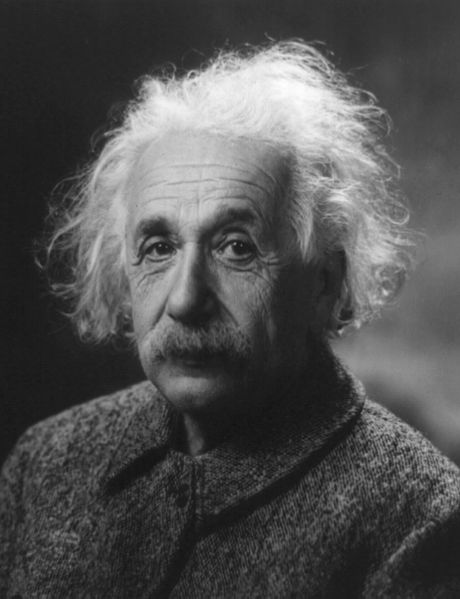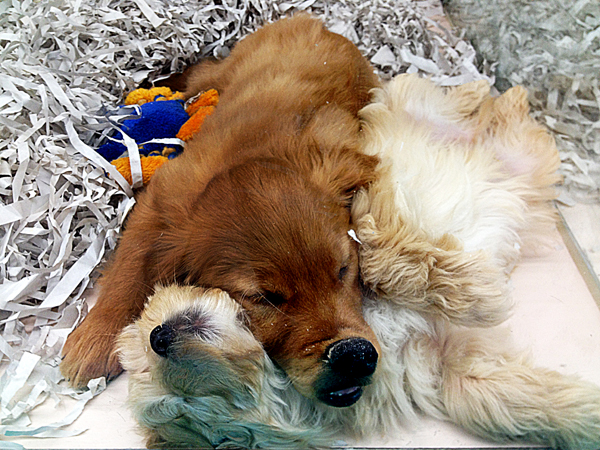Today, I want to speak about images as memes. The subject is a little abstract, but actually kind of fun, not to mention revealing. The term meme was introduced by Richard Dawkins in his book “The Selfish Gene.” When we look at an individual: a person, animal, or plant, what makes them an individual is their particular make-up of genes. Biologists call this defining make-up a phenotype. A meme is meant to parallel the gene, but to refer to human culture. Just as genes define an individual’s biological make-up, memes define an individual’s cultural make-up. They are the elements of culture.
If you haven’t come across this concept before, it can sound a little strange; but let’s consider a meme in relation to photographs. If I show you a picture of some puppies then you might say; “Aw, how cute! Show the same picture to someone in a different culture, they might say: “Yummy!” (Sorry dog lovers.) And if I show the picture to an alien from another planet they might not have anything to say at first. They just don’t know how to relate to puppies. The concept has no cultural context or meaning to them.

Figure 1 – Albert Einstein, 1947, From the Wikicomons and in the public domain because copyright not renewed. Photograph by Oren Jack Turner, Princeton, N.J. – Modified with Photoshop by en:User:PM_Poon and later by User:Dantadd.
To the alien, the puppy picture is something new. As a meme it starts out as a question mark. However, it quickly evolves and changes in the alien’s mind. How, depends upon whether the puppies try to befriend him, or bite his finger (if he has fingers), or even if the alien tries to eat the puppies. He communicates to all his alien friends (ET phone home!) that this is something sweet, or something scary, or something yummy. And all the alien’s friends associate these qualities first with the picture and then with the real puppies that they encounter during their sojourn on Planet Earth. The important point is that the meme is shared. One person or alien has the experience and he passes it on to everyone else. It, the meme of puppiness, becomes an element of the alien culture.
If I say the words “Albert Einstein”, they have an immediate meaning to us, and we conjure up in our minds a picture like that of Figure 2. Your brain starts firing away all of the things that it associates with Albert Einstein. Funny looking genius physicist with wild white hair. You might reflexively think “theory of relativity” or “E=mc2 ” even if you don’t really know what they are or mean. It’s culturally memetic. The man is long gone. His meme lives on in our minds.
Of course, photographs and images are not the only form that memes take on. If I say to you cinnamon, what does that conjure up? An image of a brown powder, or a rolled reddish brown bark? More likely it conjures up the smell of cinnamon and the reassuring sense of cuddling up on a chilly fall day with hot mulled cider or apple pie. 8<)
Indeed, the photograph itself is not the meme. The meme is what is stored in your head and in the head of the other members of your culture. But the photograph is very important to the meme. It serves to accelerate the spread of the meme and it serves as a filter to keep the meme to a certain extent pure.
We’ve talked about the fact that the human eye is not a camera, and that the human brain is not storing JPEG files. Cover up the picture of Einstein for a moment. Now tell me whether his top button is buttoned. Tell me about the nature of the fabric. Is he looking left or right? There is a furrow that runs up his forehead. Is it centered? You might not notice any of these details. Adrian Monk would. Sherlock Holmes would. But you might not. These details are not culturally significant. They do not contribute to the meme that is Albert Einstein.
OK, so look at the picture closely again. Is there something disconcerting – something that Mr. Monk or old Sherlock would certainly pick up on? The picture violates another mime. Albert’s coat buttons right to left. This mime, in western culture, tells us that he is wearing a woman’s coat.


How is this related to what Douglas Hofstadter calls it “The Brain As An Analogy”. Seems that it is similar.
It was quite an interesting discussion and if you have not heard it – here is the link, just a week or two ago. I was not carried away by it because I do not find anything new. We all know that it is through experience and analogy that we build up the connections. However, the discussion was too short to understand the nuances of their theory. The opposite camp – Pinker and Noam Chomsky have influenced my thoughts quite a bit!
Memes that you are referring to – are they acquired, evolutionary or just based on experience and therefore local in time?
http://onpoint.wbur.org/2013/04/26/the-brain-as-analogy-machine
Pingback: Why Albert Einstein is wearing his wife’s coat explained | Hati and Skoll Gallery